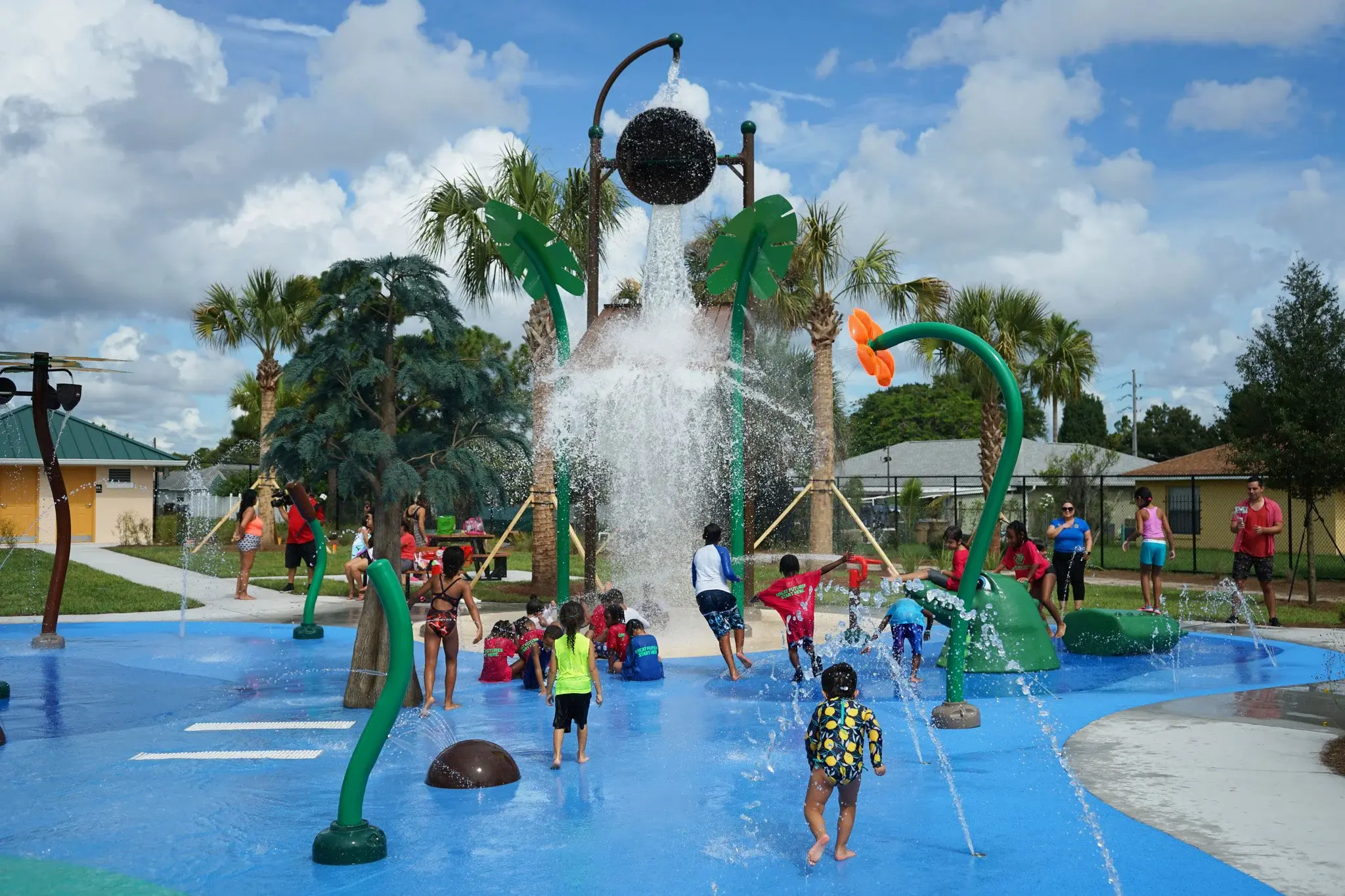Splash Pad Water Management Solutions: Potable Vs. Recirculating Systems
Splash pads provide a fantastic opportunity to create inclusive water playgrounds in parks and recreational facilities. However, designing an inclusive splash pad requires careful consideration of available space, target audiences, and the mechanical system that will power the splash pad. A comprehensive splash pad typically includes a variety of water toys and ground sprays with different flow rates, creating distinct "bays" on the splash pad to accommodate various age groups, from toddlers to teens. It's important to note that splash pads with numerous water features require a significant amount of water, and agencies need to determine the most suitable system for their facility. When it comes to splash pad water management systems, agencies have two options: potable flow-through systems or recirculating filtration systems.
Potable flow-through systems connect the splash pad's pipeline to the city's water supply. After the water drains off the pad, it either goes into the sewer system or gets repurposed for landscape irrigation. While initially cost-effective, this option raises concerns due to the substantial water volume required for larger splash pads. In regions experiencing water shortages, agencies are exploring alternative methods for water use, reuse, and disposal in spray parks.
Recirculating filtration systems work similarly to swimming pools, filtering and sanitizing water within an underground storage reservoir. However, water in these systems needs regular re-sanitization before returning to the splash pad, with treatment requirements dictated by state regulations, including UV and chlorine. Proper chemical maintenance is essential to ensure guest safety. New technology allows staff to monitor and adjust chemical levels remotely using smartphones, simplifying upkeep for agencies.
While considering the environmental impact of water usage is crucial, agencies must also evaluate the water play value provided by the different water management systems. Potable systems relying on city water may have limitations due to restricted supply, requiring the use of a tank to meet the splash pad's needs. This limitation can result in dead areas within the splash pad where no water features or ground sprays are active. In contrast, recirculating systems utilize a large collector tank that exceeds the pad's flow rate, enabling water to be pumped through over 80% of the features simultaneously. This is particularly beneficial for splash pads aiming to incorporate "big water" features like dumping buckets and sprayers. Additionally, the recirculating system's ambient water temperature is warmer compared to the cold municipal water, similar to playing with a hose in the backyard.




Both systems have their advantages and disadvantages, and agencies should consider the community's needs. Potable flow-through systems are suitable for small, sequenced splash pads but have limitations in terms of bather load and potential dead zones. On the other hand, a recirculating system works best for expansive, all-encompassing splash pads with multiple spraying features, creating an enchanting aquatic atmosphere and enhancing the play value. These dynamic water play areas, with both high-flow and low-flow nozzles, are invaluable assets for public spaces within communities and are growing in popularity. Therefore, recirculating filtration systems offer the perfect water management solution for creating expansive and captivating splash pads, ensuring optimal play value and enjoyment for communities while efficiently managing water resources and maintaining safety standards.




